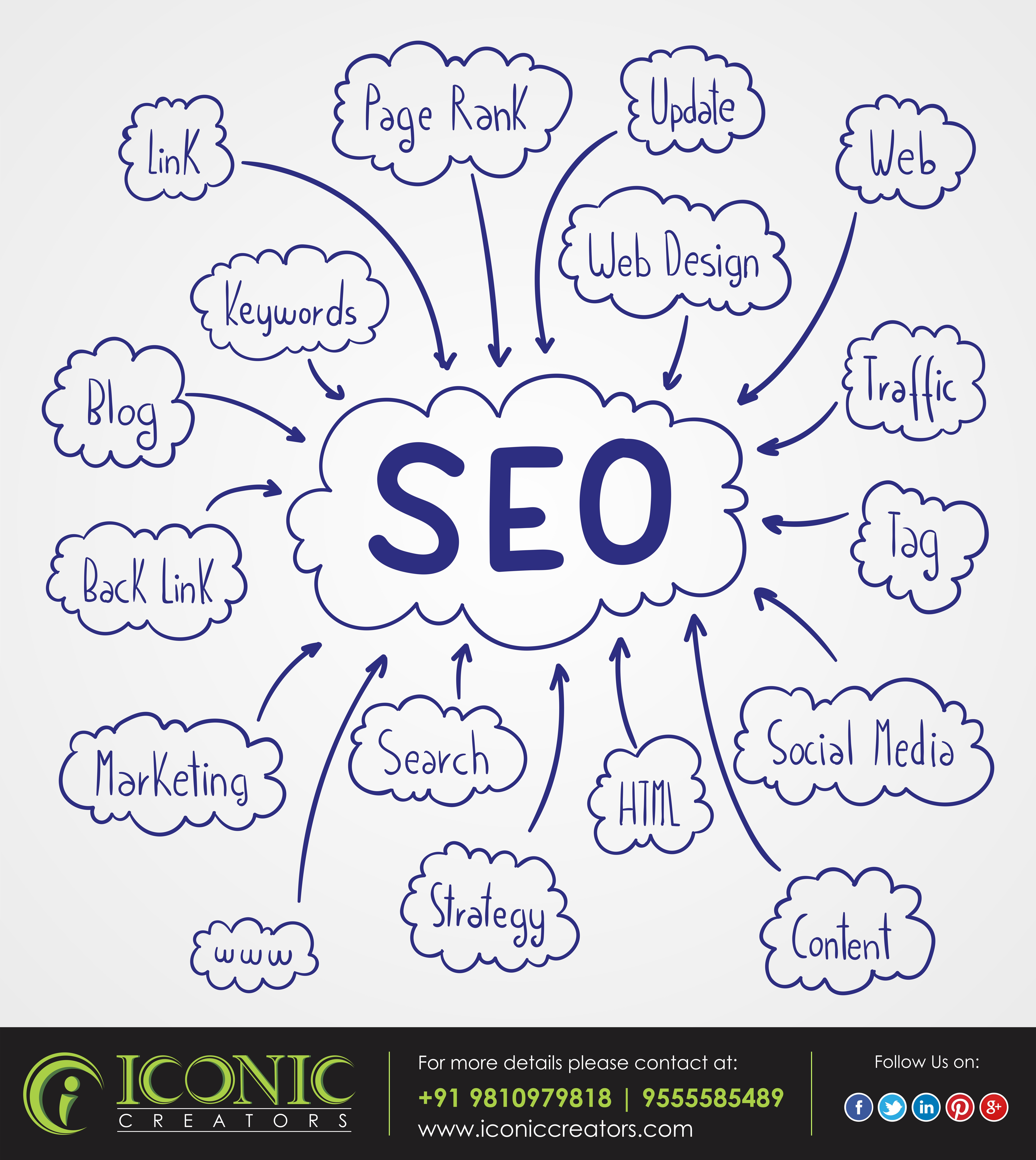
The frequency of consumption is growing: from bar to lunch, from formal to informal dinner, on the couch or in the restaurant.

Substantially the growing e-commerce, canceled events that won’t be on the agenda, the fact that there are no trips on the agenda, the change in social behavior: people drink less outside the home, obviously, and a lot at home. “Many of these trends - explains Penco - have an impact on young people. Wine Intelligence's comprehensive survey identifies 12 trends related to the Covid-19 era: growth in frequency of consumption, growth driven by the beating heart of wine drinkers (women, Generation X and regular consumers), growth in consumption away from meals, slow recovery of the average price per bottle in off-premise, e-commerce habits, interest in local production, more cautious consumption in terms of lifestyle, large-scale events dedicated to wine that have disappeared from the agenda, trips on break for a while, consumption that moves away from on-premise, more conservative and less emotional spending, return to growth in consumption, in volume, in the USA. This trend has been supported by key consumers, women and young people, in particular Millennials, thus contributing to the affirmation of sales in the e-commerce channel”. According to the photograph taken in August, in fact, “the lockdowns in the various countries have not stopped the ten-year trend of diversification and increased opportunities for consumption: the multiplication of the moments to drink at home has compensated for the loss of most of the opportunities outside the home. “We examined the six key markets for Italian wine, the United States, Germany, Sweden, Canada, Australia and China - explained Pierpaolo Penco - and observed how the frequency of wine consumption has remained stable and, in many countries, has grown beyond the levels of 2019”. Opportunities that arise in a picture that the pandemic has changed, but not distorted. Let’s try to understand which are our products that best respond to these new opportunities”. Finally, on the fifth point, we must learn to focus on types and formats that best meet the new needs of home consumption, away from food and for small groups. As a fourth thing, we need to spend on marketing: many people in times of crisis reduce their investments, and this could give more weight to our voice and our message. If we are a Brunello di Montalcino winery, let’s focus on that. As a third advice that emerges from our analysis, not to launch into new products: let’s try to focus on what characterizes us and what we are recognized value for.


Let’s not forget that our local consumers can be the main target of our product, which can pass both on the online channels and for direct sales. Secondly - continues Penco - we must not forget the local: there is an increase in consumption of local products everywhere, also for ethical reasons, as we see well in Italy. “First of all, we need to focus marketing activities on our consumers, those who already know, appreciate and drink wine, especially those of intermediate generations (25-50 years), while the youth audience should be cultivated with specific offers. A conference from which emerge, in the words of Pierpaolo Penco, Italy Country Manager of Wine Intelligence, five good practices that the wine companies of Italy must take into account to move in the markets in the coming months. Passionate, young and female, ready to drink even between meals: this is the identikit of the consumer protagonist of the recovery in wine consumption according to Wine Intelligence data, presented today at Wine2Wine Digital, the forum on the online wine business signed by VeronaFiere and Vinitaly, at the conference “Let’s give numbers: young people, wine and market from lockdown to today”, organized by Agivi - Associazione Giovani Imprenditori Vinicoli Italiani (Unione Italiana Vini), to analyze the effect of Covid-19 on the consumption patterns of the new generations.


 0 kommentar(er)
0 kommentar(er)
